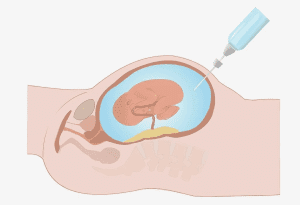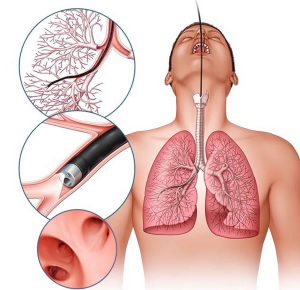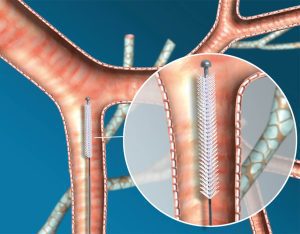Sputum Cytology: Diagnostic Procedure for Lung Diseases & Respiratory Infections

Sputum Cytology
Synonyms: Cytology, Sputum, Pulmonary Cytology Series
Test Usually Includes: 3–5 first morning deep cough specimens in a row
Abstract
Evaluation of neoplasms or respiratory infections may benefit from cytopathological analysis of sputum. It is a non-invasive method for detecting abnormal or malignant cells exfoliated from the lungs and respiratory tract.
Patient Care & Preparation
- The patient should be instructed not to ingest the fixative material in the collection container.
- Mouth should be rinsed with water prior to sputum collection.
- Specimen must be expectorated sputum only – not saliva or nasal secretions.
Specimen Requirements
Type: Deep cough sputum (not nasal or oral secretions)
Container: 50 mL plastic screw-top container with Carbowax® fixative and antibiotic to prevent bacterial overgrowth
Collection Procedure
- Specimens should be collected early in the morning, immediately after the patient wakes up.
- Patient should rinse mouth with water and forcefully cough into the container.
- The first sample that induces a cough is often the most diagnostic.
- Collect specimens for 3–5 consecutive days for a full sputum series.
Storage Instructions
- Specimens should be refrigerated if immediate transport is not possible.
- Do not freeze.
- If fresh transport isn’t feasible, a prefixed specimen using Carbowax® or 70% ethanol may be submitted.
Reason for Sample Rejection
- Sample contains saliva or nasal secretions instead of deep cough sputum.
- No carbon-bearing histiocytes present in the smear.
Turnaround Time
Approximately 24 hours
Special Instructions
- Provide clinical history, including age, diagnosis, radiographic findings, exposure history, and prior chemotherapy or radiation.
- Include the admitting diagnosis on the test request form.
Clinical Uses
Sputum cytology aids in identifying:
- Primary lung neoplasms such as bronchogenic carcinoma
- Respiratory infections from herpesvirus, CMV, Cryptococcus, Strongyloides, Paragonimus
- Allergic conditions, lipoid pneumonitis, asbestosis, hemosiderosis, alveolar proteinosis, and Goodpasture’s syndrome
Limitations
- Specimens lacking carbon-laden histiocytes are considered inadequate.
- Single specimens may miss malignant cells; full sputum series improves diagnostic yield.
- Culture confirmation is recommended when infectious organisms are seen.
- Some infections, like Pneumocystis jirovecii, may not be reliably detected through sputum cytology alone.
Methodology
- Direct smears prepared from fresh sputum (white flecks or blood-tinged areas) fixed in 95% ethanol.
- If using Saccomanno’s method, sputum is collected in 50% ethanol + 2% polyethylene glycol (Carbowax®).
- If spontaneous sputum is not produced, induction is recommended as per Pneumocystis preparation protocols.
Additional Information
- Special stains may be required depending on the suspected condition.
- All specimens in the 3–5 day series should be reviewed when a lesion is suspected.
- Post-bronchoscopy sputum should be included if available.
- Detection rate for bronchogenic carcinoma increases from 45% (1 specimen) to 86% (3 specimens).
- Sputum cytology can help distinguish small cell from non-small cell carcinoma types.
References
- Bibbo M. Comprehensive Cytopathology, WB Saunders, 1991.
- Koss LG. Diagnostic Cytology, JB Lippincott, 1992.
- Jacobs et al. Laboratory Test Handbook, Lexi-Comp, 1994.
- Fontana RS et al. Cancer, 1991.
- Dao AH. Acta Cytol, 1985.
- O’Brien RF et al. Chest, 1989.
- Gupta RK. Acta Cytol, 1985.
- Bleumenfeld W & Griffiss JM. Arch Pathol Lab Med, 1988.
- Midgley J et al. J Clin Pathol, 1991..


